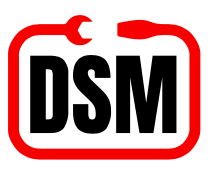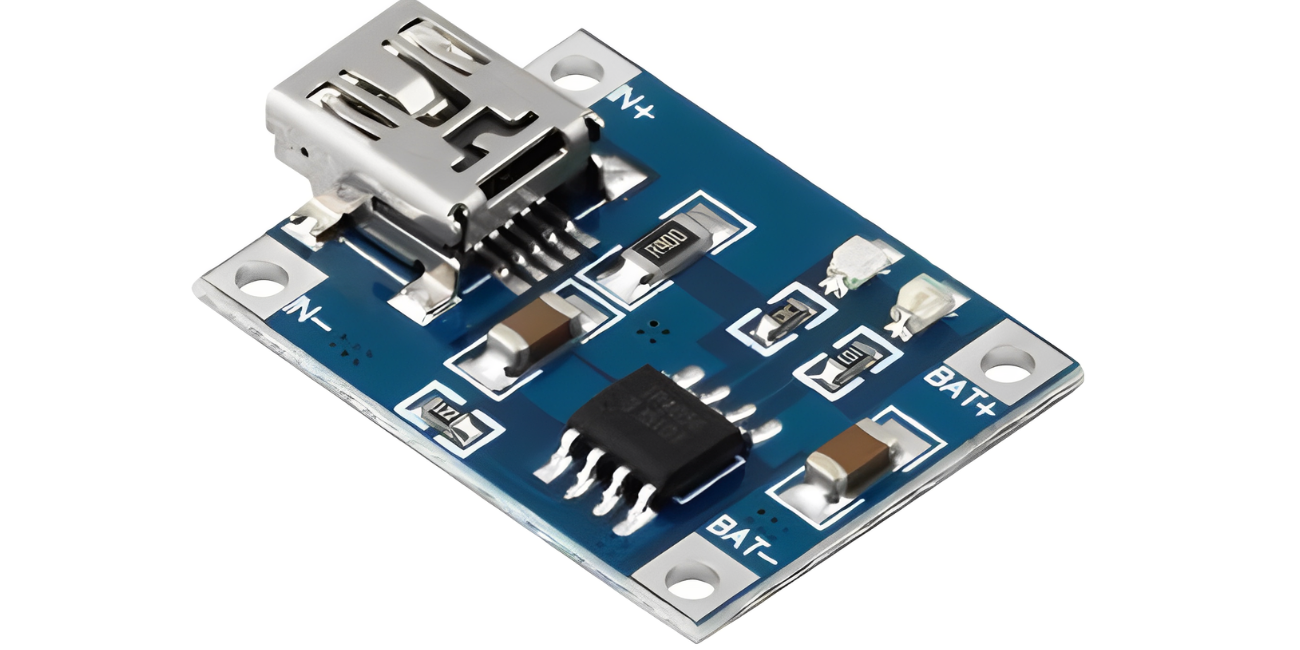Power Up Your Projects: The Ultimate Guide to the TP4056 1A Lithium Battery Charger Module
Are you an electronics enthusiast, a DIY hobbyist, or an aspiring inventor always on the lookout for efficient and reliable solutions? Then you've likely encountered the challenge of charging lithium-ion batteries safely and effectively. Enter the TP4056 1A Lithium Battery Charger Micro USB module – a tiny yet mighty board that has become a staple in countless portable electronic projects.
This comprehensive guide will dive deep into everything you need to know about this indispensable module, from its core features and applications to crucial safety tips and how it can elevate your next creation. Get ready to unlock the full potential of your lithium-ion powered devices!
What Makes the TP4056 Module a Game Changer?
At its heart, the TP4056 is a complete constant-current/constant-voltage (CC/CV) linear charger for single-cell lithium-ion batteries. What sets it apart is its simplicity, compact size, and robust functionality, making it incredibly popular for both beginners and seasoned makers.
Key Features You'll Love:
- Integrated Charging Solution: It handles the entire charging cycle – from initial constant current charging to precise constant voltage termination, ensuring your battery reaches its full capacity without overcharging.
- Micro USB Input: The ubiquitous Micro USB port makes it incredibly convenient to power the module using standard smartphone chargers, power banks, or computer USB ports. No need for specialized power supplies!
- 1A Charging Current: With a default charging current of 1 Ampere, it offers a decent charging speed for a wide range of single-cell Li-ion batteries, including common 18650, 14500, and Li-Po cells. This current can often be adjusted by changing a single resistor (though caution is advised).
- Built-in Protection (with caveats): Many TP4056 modules come with an integrated DW01 battery protection IC and 8205A MOSFETs, offering essential safeguards against:
- Overcharge Protection: Prevents the battery voltage from exceeding 4.2V, which can damage the battery and pose a fire hazard.
- Over-discharge Protection: Cuts off power if the battery voltage drops below approximately 2.5V, preventing deep discharge that permanently reduces battery life.
- Overcurrent Protection: Limits the discharge current to prevent damage to the battery or connected load.
- Short-Circuit Protection: Offers a basic level of protection against accidental short circuits.
- Status Indicators: Typically, two LEDs (red and green/blue) clearly indicate the charging status: red for charging and green/blue for fully charged. This visual feedback is incredibly useful.
- Compact Design: Its small form factor allows for easy integration into space-constrained projects.
Beyond the Basics: Why You Need This Li-ion Charger
The applications of the TP4056 micro USB module are virtually limitless. If your project uses a single 3.7V lithium-ion battery, chances are this module is your go-to charging solution.
Popular Applications:
- DIY Power Banks: Create your own custom power bank to charge your smartphone or other USB-powered devices on the go.
- Portable Audio Devices: Power Bluetooth speakers, MP3 players, and other portable sound systems.
- IoT Devices: Provide reliable power to your smart home sensors, environmental monitors, and other internet-connected gadgets.
- Robotics and Drones: Ideal for smaller robots, drones, and RC vehicles requiring compact and efficient battery management.
- LED Lighting Projects: Build portable LED lamps, torches, and emergency lighting systems.
- Wearable Electronics: Integrate into smartwatches, fitness trackers, and other wearable tech where space is at a premium.
- Prototyping: An essential tool for quick and safe testing of battery-powered circuits.
Essential Safety Precautions (Don't Skip This!)
While the TP4056 offers built-in protection, it's crucial to understand its limitations and adhere to best practices for safe lithium battery charging.
- Match Battery Capacity: Ensure the charging current is appropriate for your battery's capacity. A general rule of thumb is to charge at 0.5C (half the battery's capacity). For a 1000mAh battery, a 500mA charge current is ideal. The 1A default is suitable for batteries of 2000mAh or higher. For smaller batteries, consider modifying the current by changing the resistor.
- Correct Polarity: Always double-check your battery connections (B+ to positive, B- to negative). Reverse polarity can instantly damage the module and potentially the battery.
- Disconnect Load During Charging: If your module has OUT+/OUT- pads, it's best to disconnect any load from these terminals during the charging process. This ensures the charger focuses solely on the battery and prevents unstable charging or damage.
- Ventilate: While these modules are generally safe, proper ventilation is always a good idea, especially for higher charging currents.
- Monitor Initial Charges: For new setups, it's wise to monitor the first few charging cycles to ensure everything is working as expected.
Setting Up Your TP4056 Charger: A Quick Guide
Connecting the TP4056 Li-ion charger is straightforward:
- Power Input: Connect a 5V power source to the Micro USB port. Alternatively, you can connect 5V DC to the IN+ and IN- pads.
- Battery Connection: Connect your 3.7V lithium-ion battery to the B+ (positive) and B- (negative) pads on the module.
- Load (Optional): If your module has them, connect your load (the device your battery will power) to the OUT+ and OUT- pads. Remember to disconnect the load during charging.
Observe the indicator LEDs: the red LED will illuminate during charging, and the green/blue LED will light up when the battery is fully charged.
Conclusion: Empowering Your Electronic Creations
The TP4056 1A Lithium Battery Charger Micro USB module is more than just a component; it's an enabler for countless innovative projects. Its ease of use, protective features, and compact design make it an essential tool for anyone working with rechargeable lithium-ion batteries. By understanding its capabilities and adhering to safety guidelines, you can confidently integrate this module into your designs, bringing your electronic visions to life with reliable and efficient power management.

